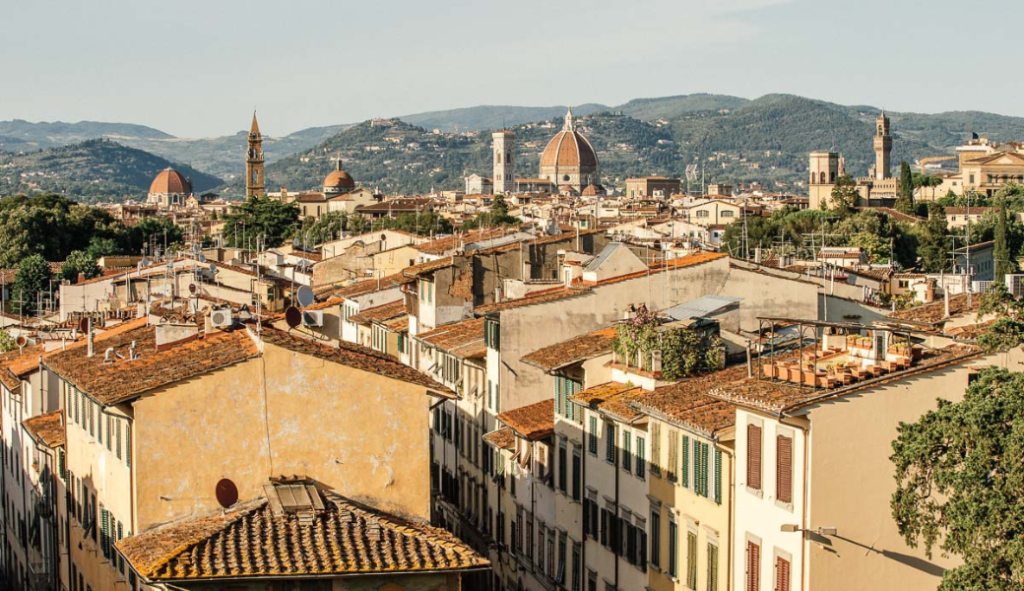The fortress and gates of Florence carry the city’s history in their structures and now you have the opportunity to experience the emotions of ancient times in the cradle of the Renaissance visiting the Porta Romana until September 30.
Founded in 1328, it was the exit gate from the city towards Siena and Rome. After Porta San Frediano it is the largest in the entire city wall, with a base of seventeen and half meters by ten.
The access tower to the walls is one of 73 built along the entire route at a distance of around 116 meters from each other. In this section there are still six, which were originally twenty-three meters high and were external to the walls, allowing them to the defense from crossfire.
In the inner part of the walls, located in the first tower, you will walk along Via di Gusciana, which still maintains its original dimensions. The Florentine walls had an internal road along the entire perimeter that allowed soldiers to move around quickly.
Arriving at the wall walkway, in this section without battlements, the section that separates us from the door is very suggestive because it offers us an unusual view of Viale Petrarca. We can define this section of walkway as unique, as it is the only one still passable along the entire Florentine city wall.
The external stairs leading to the door offer a spectacular view of Florence and, passing through the door, you can see how the structure was created, with three large consecutive arches. The door’s internal stairs, which today end in a mansard, led to the upper floors before they were demolished during the siege of Florence in 1529-30.
Before leaving, be sure to take a closer look at the majestic wooden door. The central marble lily is the work of Giovanni Pisano in 1331, while on the sides the two white marble plaques commemorate the entry into the city of Pope Leo X of the Medici in 1515 and Holy Roman Emperor Charles V in 1536.
Info and booking: 055-2768224 / info@muse.comune.fi.it

